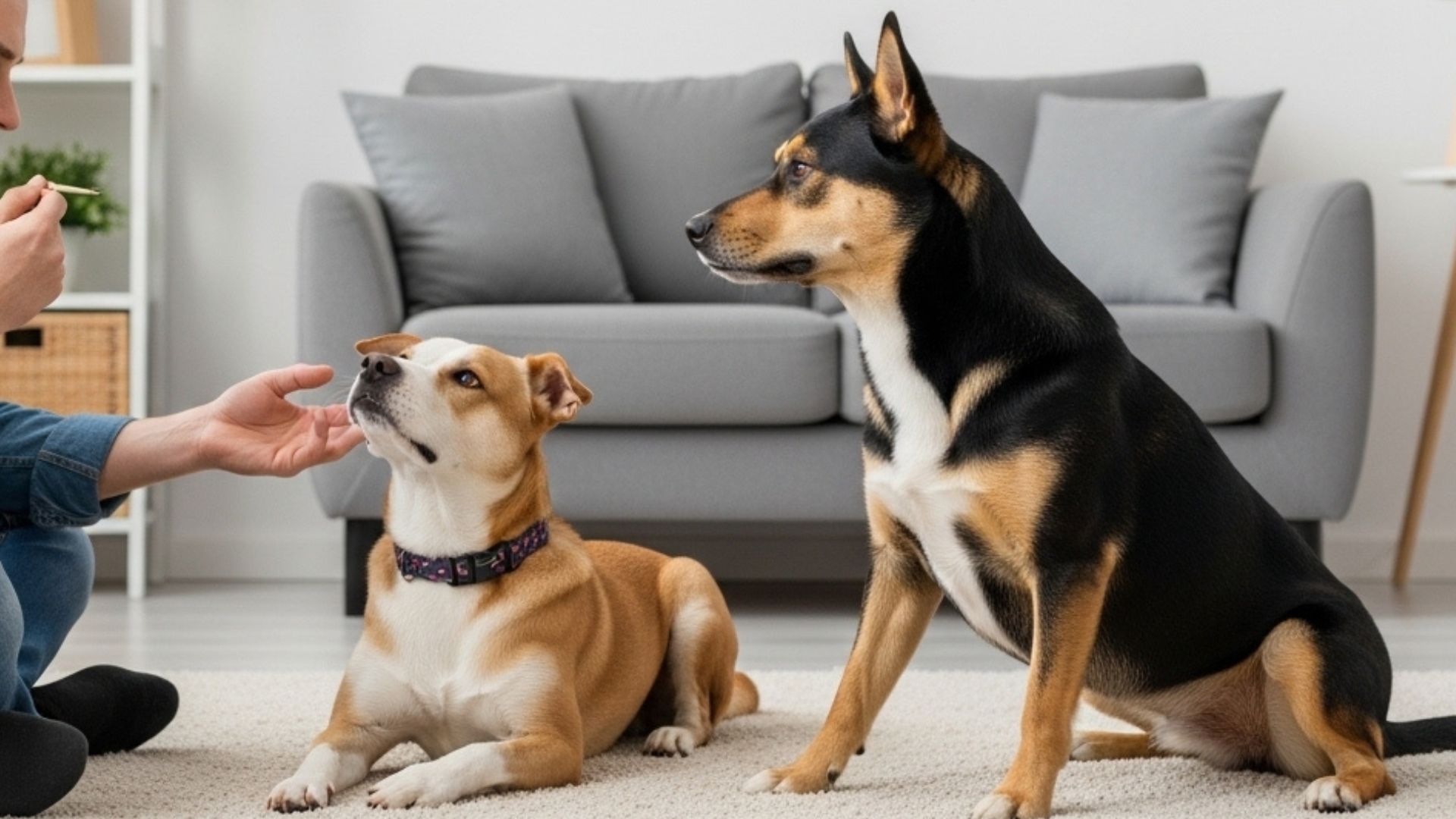Bringing home your first dog is exciting, but it can also be overwhelming. The wagging tail, the cuddles, the endless energy—it all feels like a dream come true. But here’s the catch: not every breed is suited for first-time owners.
Some dogs require specialized training, intense exercise, or endless patience that even experienced owners struggle to provide. For beginners, these breeds can turn a joyful new chapter into a frustrating uphill climb. That doesn’t mean they’re bad dogs—it simply means they’re better matched with seasoned handlers who understand their quirks and challenges.
We’ll break down the dog breeds new owners should avoid, no matter how cute or tempting they may be. From powerhouse working dogs to clever escape artists, these pups demand more than a casual commitment.
If you’re stepping into the world of dog ownership for the first time, this guide will help you sidestep common mistakes and choose a breed that brings joy instead of stress.
Quick Tip: Even within the same breed, every dog has a unique personality. While some may be easier to train or manage, others can be more challenging—so always get to know the individual, not just the breed.
Dog Breeds To Avoid For New Owners
1. Border Collie
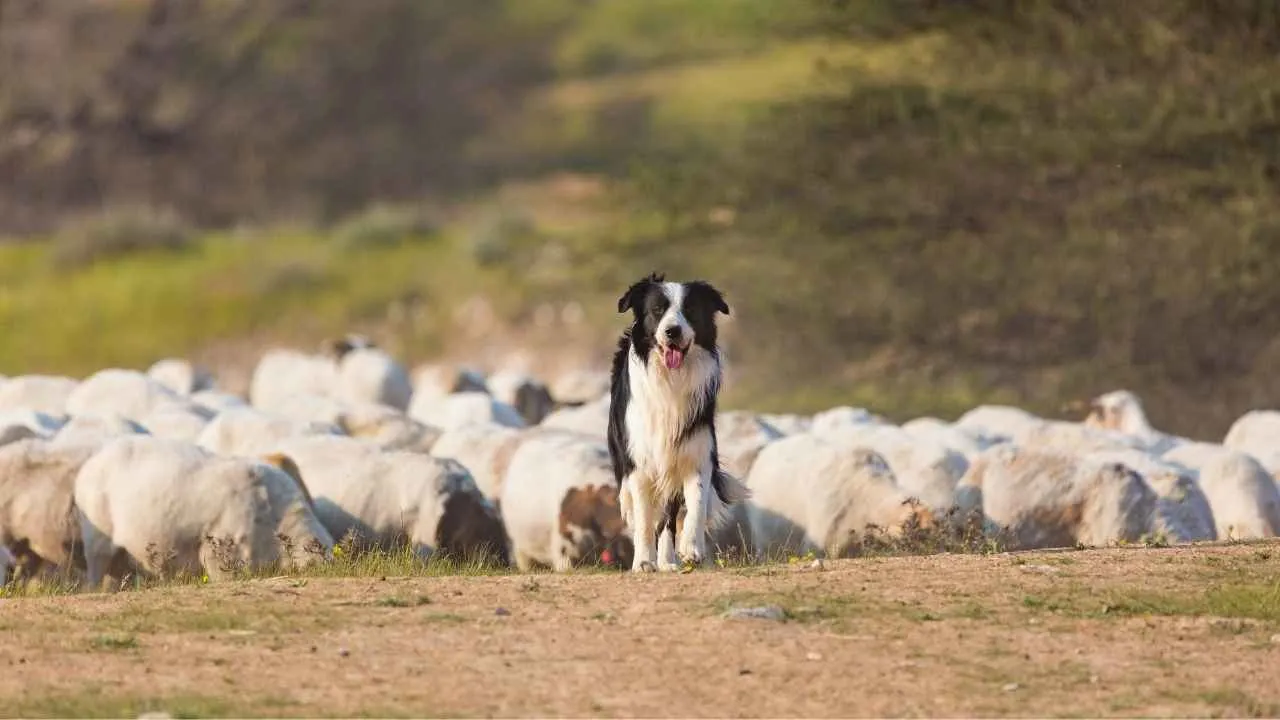
Meet the Border Collie: part genius, part athlete, and all action. These dogs are like the Usain Bolt of the canine world, constantly moving, thinking, and plotting their next adventure. Their intelligence and athleticism make them perfect for agility training, dog sports, or any activity that lets them flex both their muscles and minds.
Friendly with family and friends, Border Collies can be a little reserved around strangers. But don’t let their polite exterior fool you—they are curious, clever, and relentlessly active.
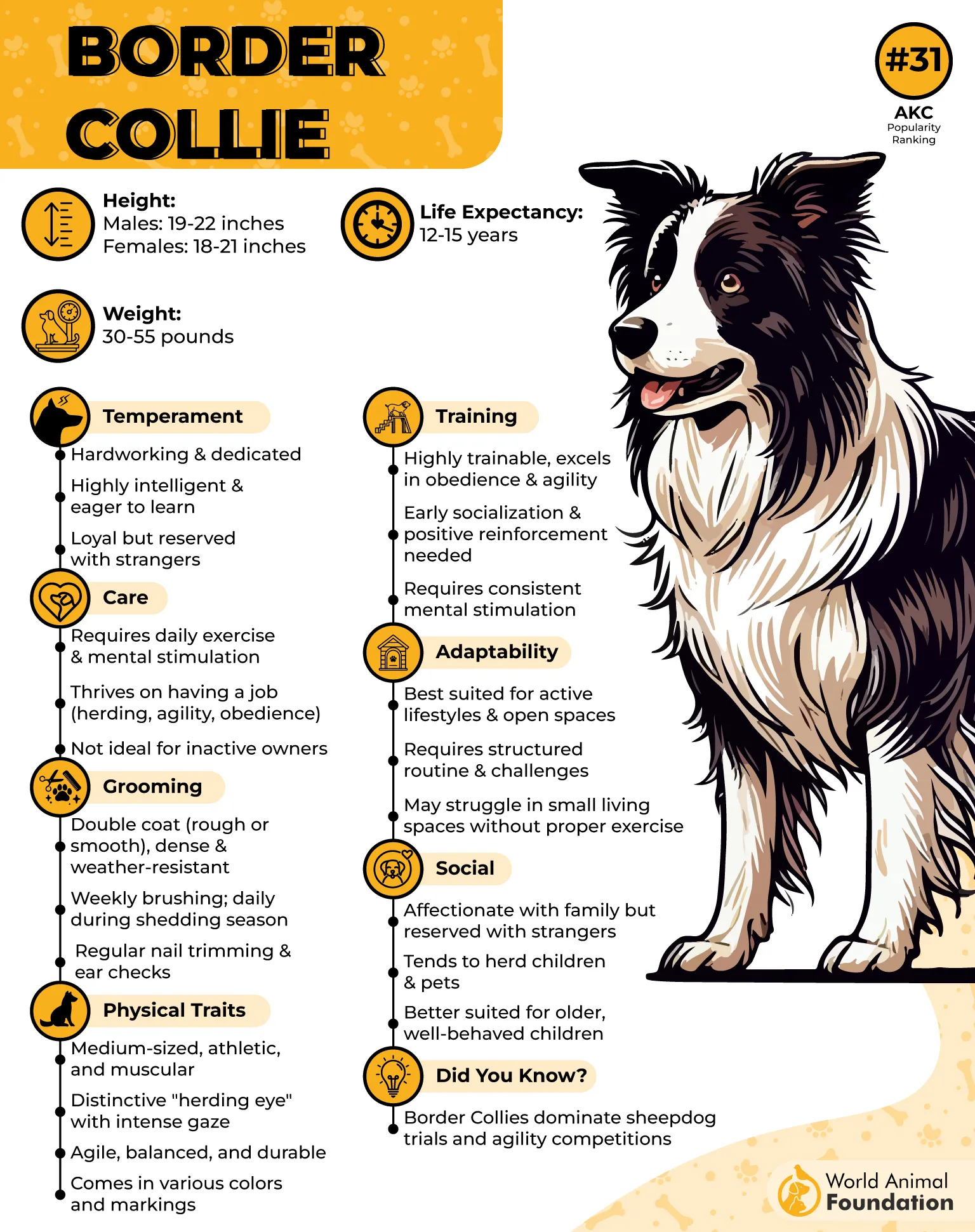
Leave them bored for a few minutes, and suddenly your garden is a mud pit, your shoes are “redecorated,” and your socks may mysteriously vanish.
These pups thrive on mental challenges. Puzzle toys, obedience exercises, or learning new tricks aren’t optional—they’re essential. Without a steady dose of stimulation, their smarts can turn mischievous: barking, digging, nipping—you name it, they’ll find a way to fill their time.
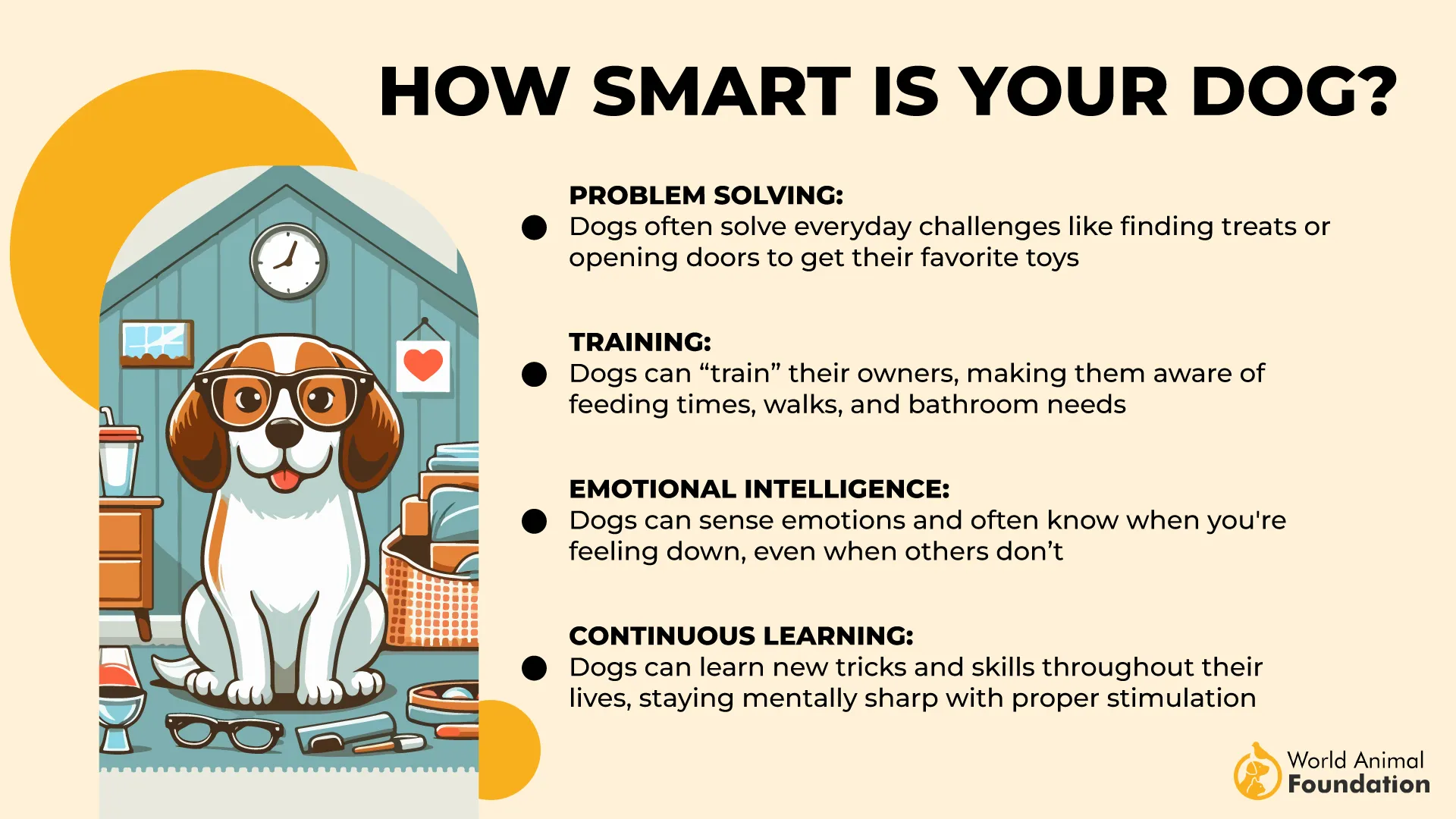
Health-wise, Border Collies can be prone to certain conditions, so vet coverage is a must. WebMD also notes they can suffer from separation anxiety if left alone for long stretches.
A consistent routine with plenty of activities can keep them happy and reduce stress—because a bored Border Collie is a creative Border Collie.
These dogs are brilliant, loyal, and athletic—but not for first-time owners or anyone hoping for a low-maintenance lap dog. They’ll challenge you… And you’ll secretly love every minute of it.
2. Belgian Malinois
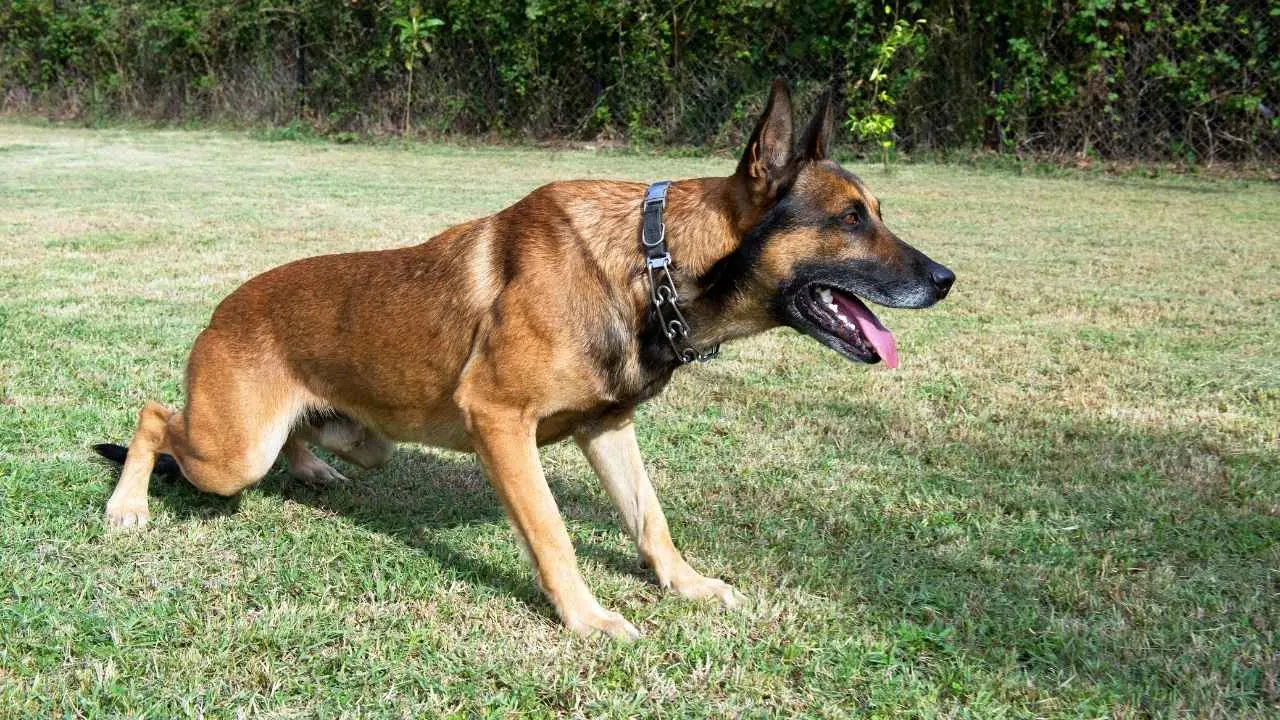
Ah, the Belgian Malinois. If you’re picturing a sleek, intelligent dog with the energy of a caffeinated squirrel, you’re not far off. These dogs are stunning, athletic, and incredibly loyal—but let’s be real: they are not the kind of dog you adopt for Netflix marathons and weekend naps.
Belgian Malinois are high-octane working dogs. Think police K9s, military dogs, and anyone else needing a four-legged superhero. They are smart—like, annoyingly clever—so they need constant mental stimulation.
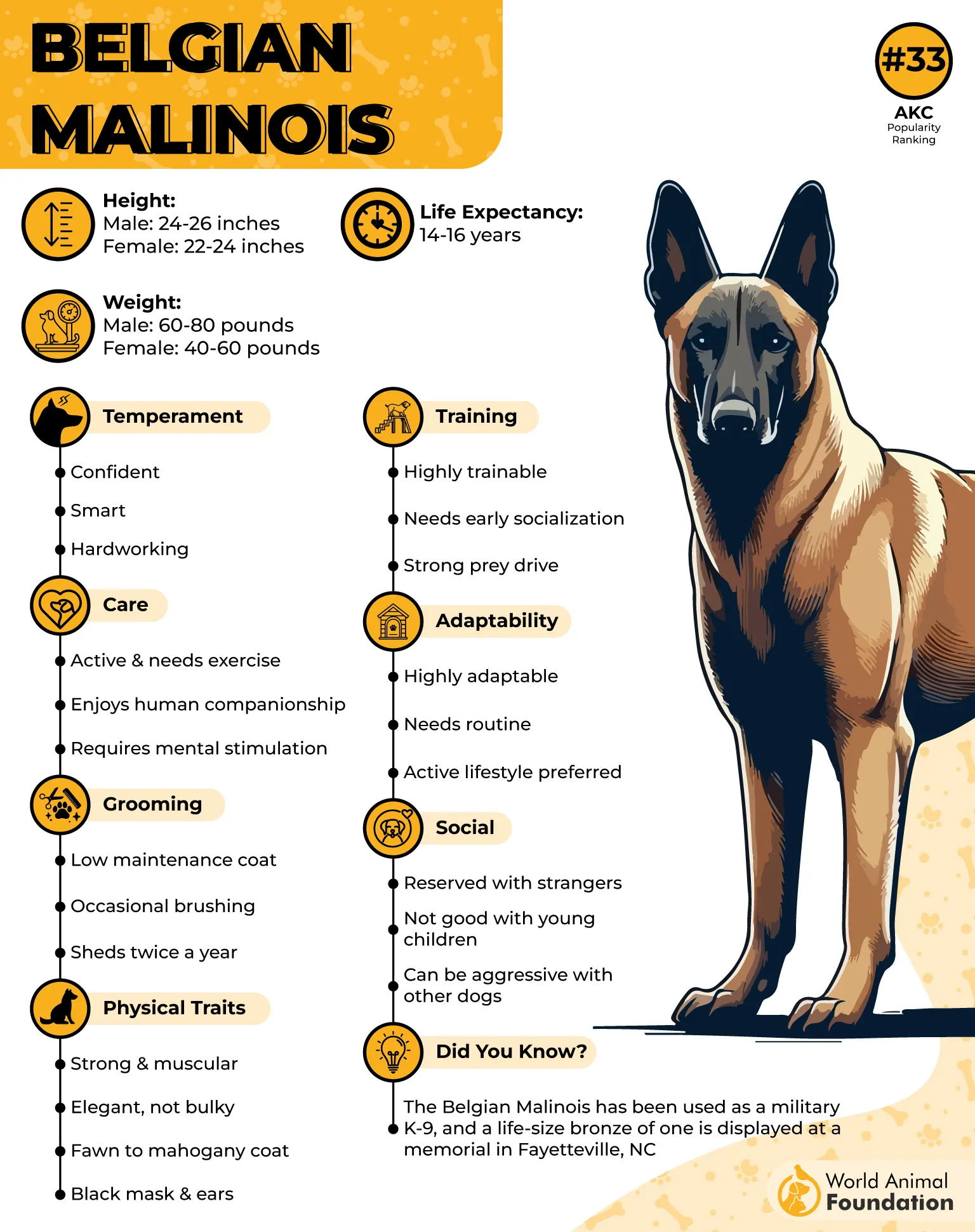
If left bored, their idea of entertainment might involve turning your sofa into kindling or practicing acrobatics across your kitchen counters.
And here’s the kicker: they have energy levels that can make an Olympic athlete look lazy. If you’re a first-time dog owner hoping for a sweet companion to chill with on the couch, the Malinois might just stare at you with a “Are you serious?” look while plotting your next run.
Training? Oh yes, they need it, and they need it consistently. This is not a “treat once in a while” situation. A Belgian Malinois is happiest with a job, whether that’s obedience, agility, or keeping you on your toes with a daily run that leaves you gasping for water.
So why mention them in a “breeds to avoid” list? Because they can unintentionally chew, bark, dig, and generally wreak havoc if their energy and intelligence aren’t matched by an owner who can keep up. In short, they demand a lifestyle upgrade: more exercise, more training, more commitment.
3. Rottweiler
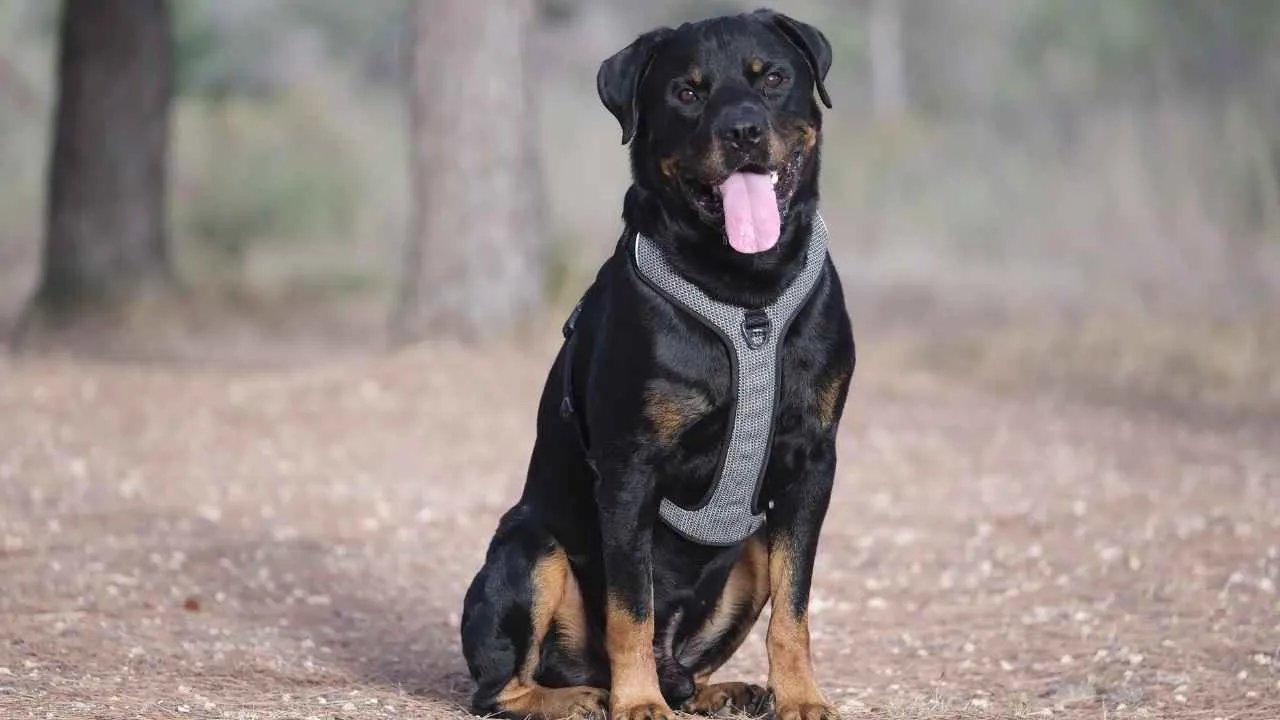
Rottweilers are big, strong, and undeniably intimidating at first glance—but beneath that muscular exterior is a loyal, affectionate companion for the right owner. They adore their family, often following you around like a furry shadow… but don’t expect them to take “sit” or “stay” without a bit of stubborn negotiation.
Despite their reputation as working dogs, Rottweilers are medium-energy pets. They’ll happily play fetch or go for a walk, but over time, they tend to slow down—though their size still makes them a handful for a first-time dog owner.
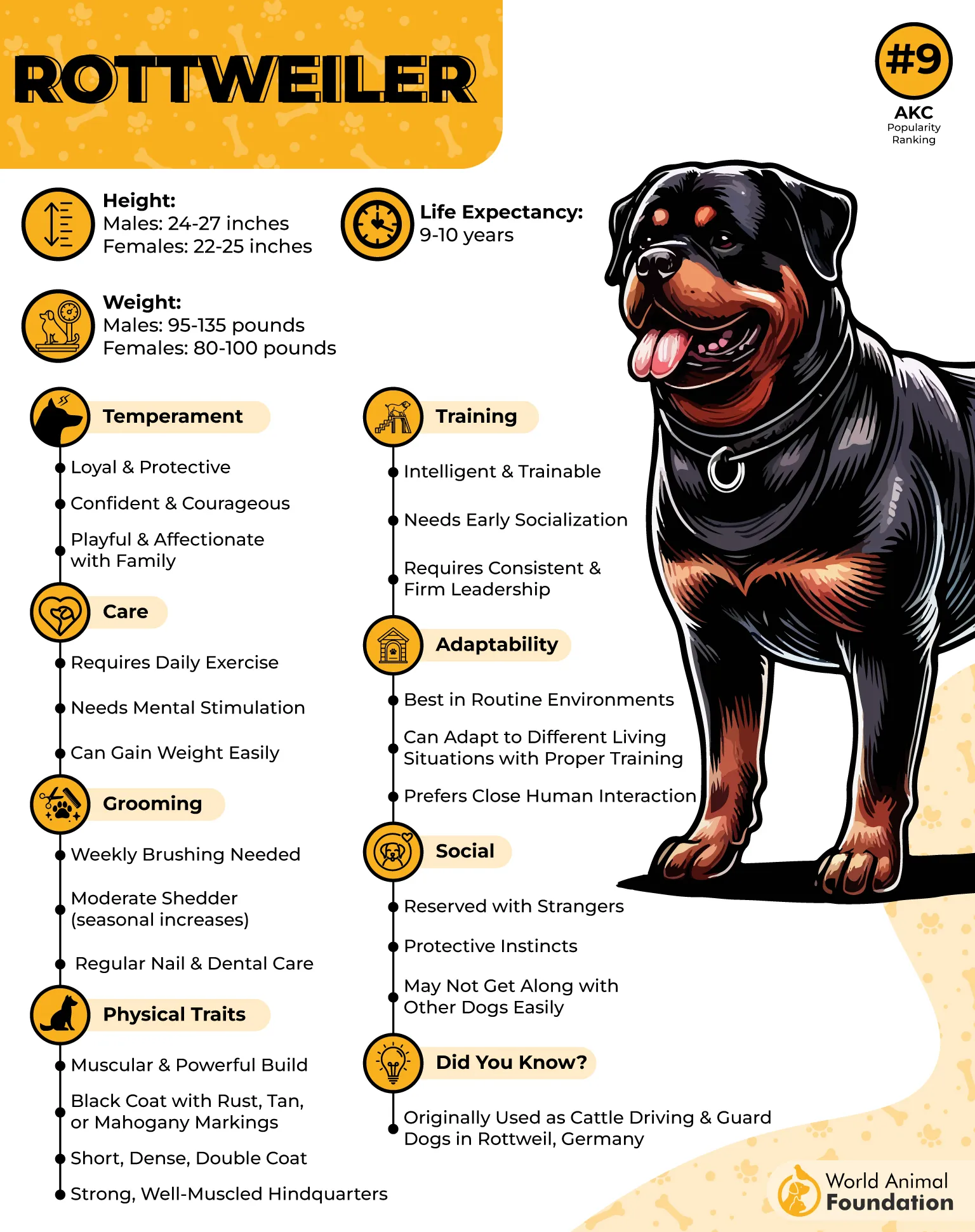
Their strength and unpredictability mean a tiny mistake in handling can quickly become a big problem. Training a Rottweiler isn’t for the faint of heart. They need consistency, patience, and early socialization to prevent their natural protective instincts from turning into over-the-top guarding instincts.
Without guidance, a playful romp with you could quickly turn into “hello stranger, prepare for a growly welcome.”
Rottweilers are loving, smart, and fiercely loyal—but only if you’re ready for a firm hand, plenty of socialization, and a willingness to match their size and personality. New owners, take note: this gentle giant comes with big responsibilities.
4. Afghan Hound
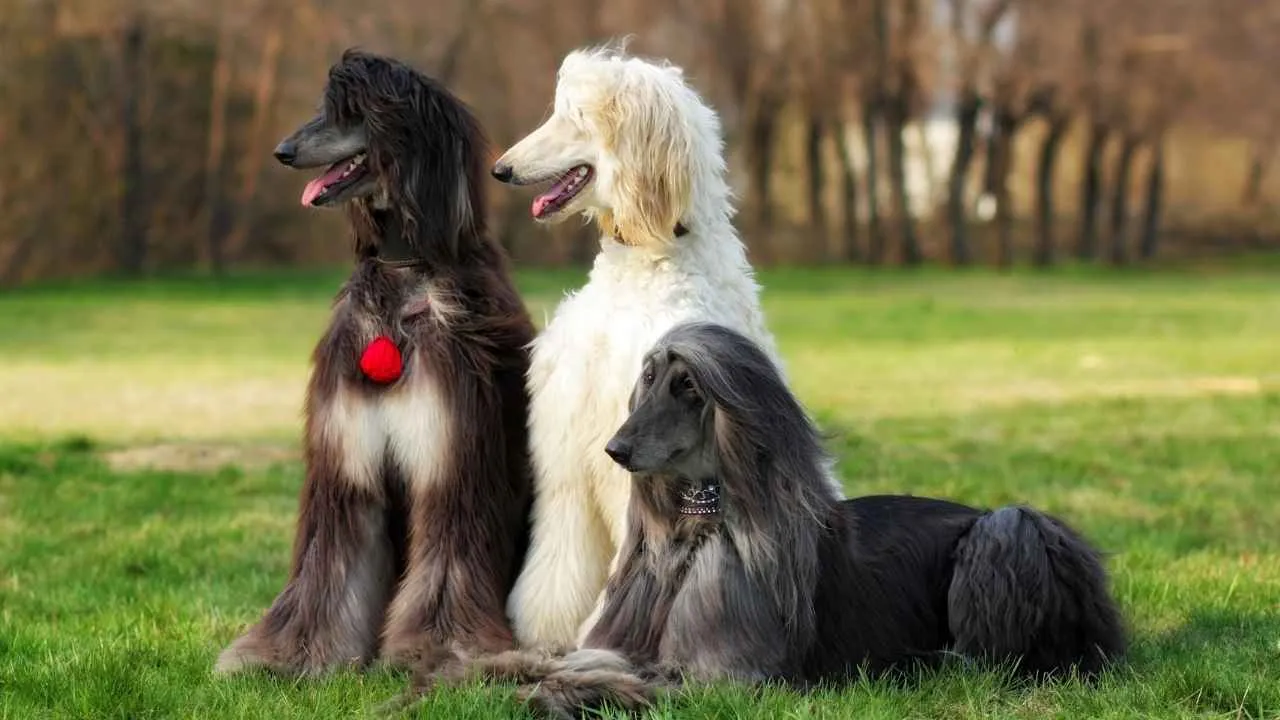
If dogs had red carpets, the Afghan Hound would be strutting down it every day. With their flowing coat, regal posture, and aristocratic attitude, these dogs look like they belong in a fashion magazine rather than a backyard.
But don’t let their elegance fool you—underneath that glamorous fur is a dog with an independent streak a mile wide. Afghan Hounds are smart, but they have a mind of their own. Training? Optional… in their book.
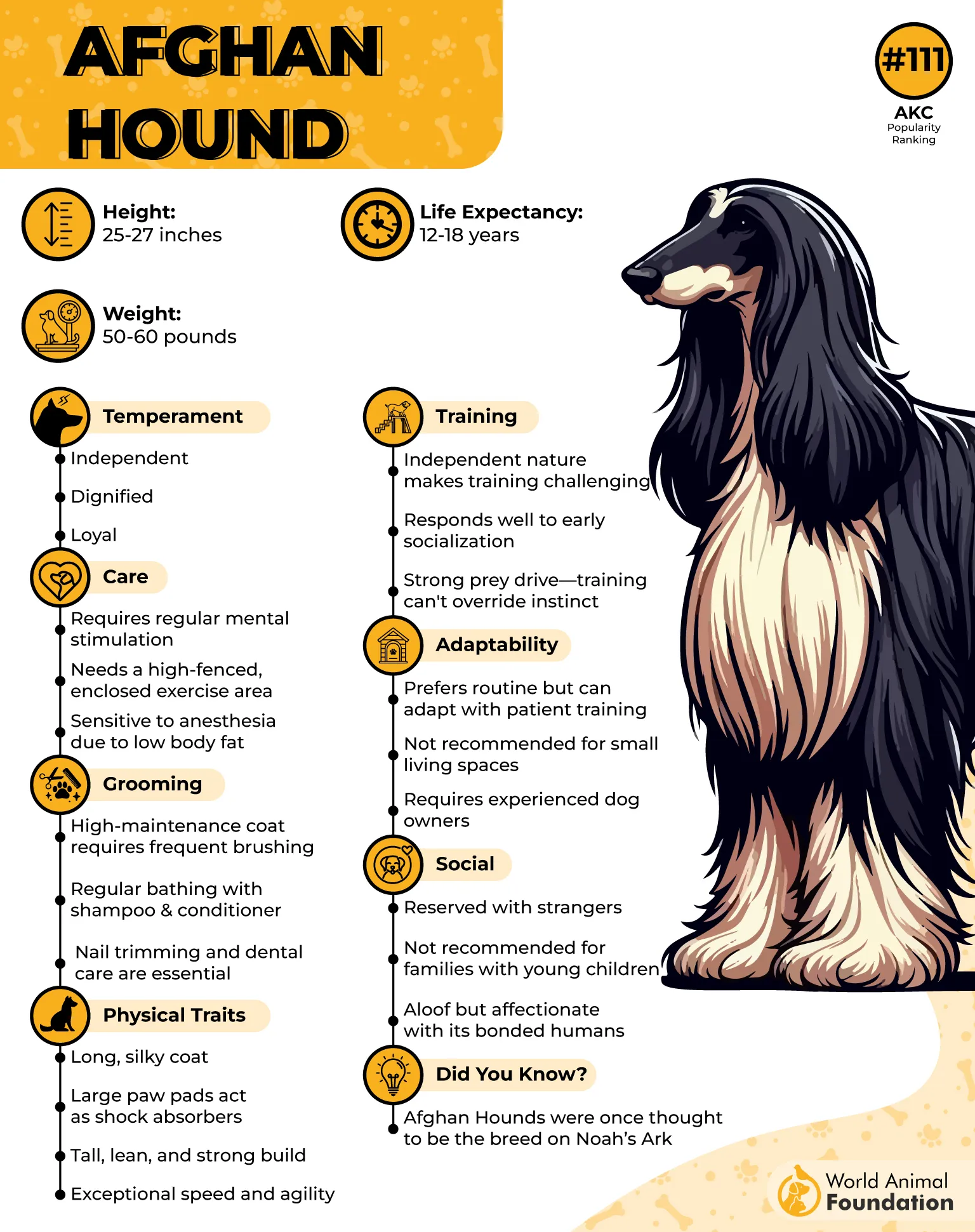
They are notorious for being stubborn and easily distracted, which can make basic obedience a challenge, especially for first-time owners. If you’re hoping for a dog that listens the first time, prepare for some “selective hearing.”
These dogs are also high-maintenance. Their luxurious coats require regular grooming (think hours of brushing) or you’ll quickly find yourself tangled in what can only be described as a walking fur disaster.
Exercise is another must—Afghans were bred for hunting in open terrain, so a short walk around the block just won’t cut it.
Afghan Hounds are breathtakingly beautiful, playful, and affectionate, but they’re best suited to experienced owners who can handle a bit of diva drama, a lot of grooming, and a dog who does things on their terms.
New owners looking for a low-maintenance lapdog may want to admire this breed from afar… preferably from behind a magazine.
5. Basenji
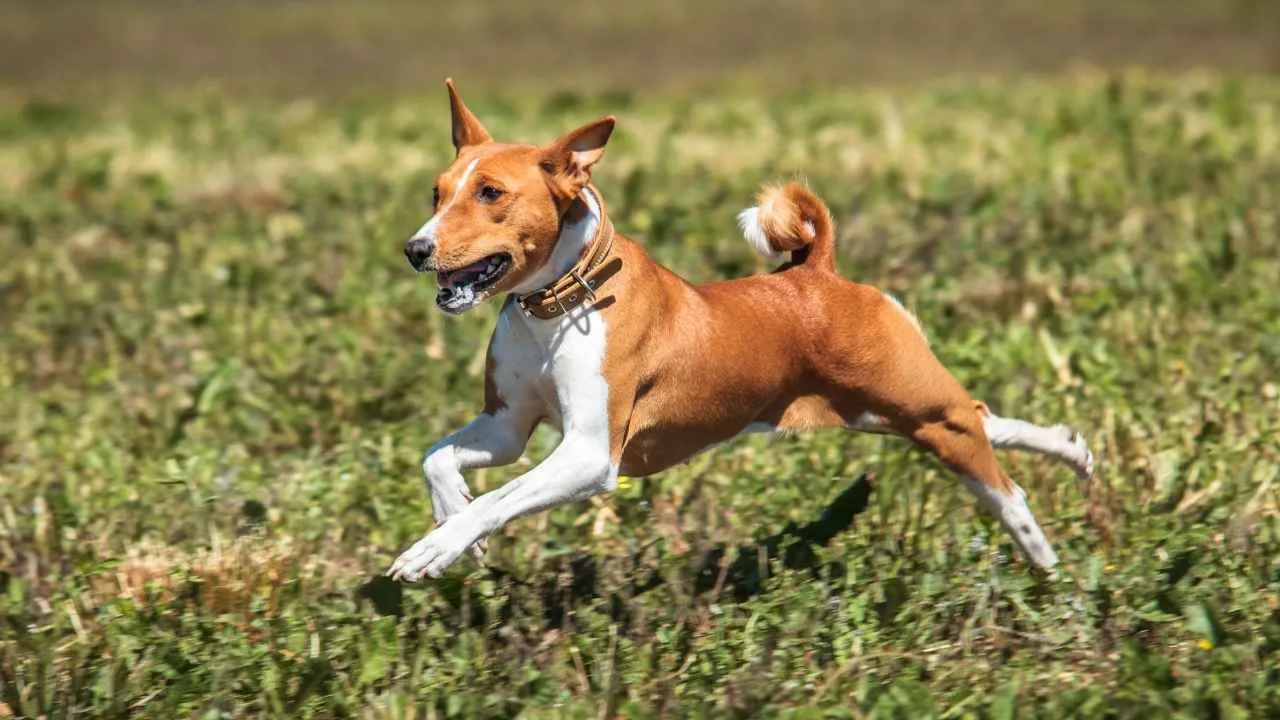
Meet the Basenji—the dog that refuses to bark, but somehow manages to get its point across loud and clear. Often called the “barkless dog,” Basenjis communicate with yodels, howls, and a whole lot of expressive antics.
If you’re expecting a traditional watchdog, think again… unless you enjoy interpreting mysterious canine “songs” at 3 a.m. Basenjis are incredibly intelligent and independent, which sounds great until you realize that “independent” really means they make their own rules.
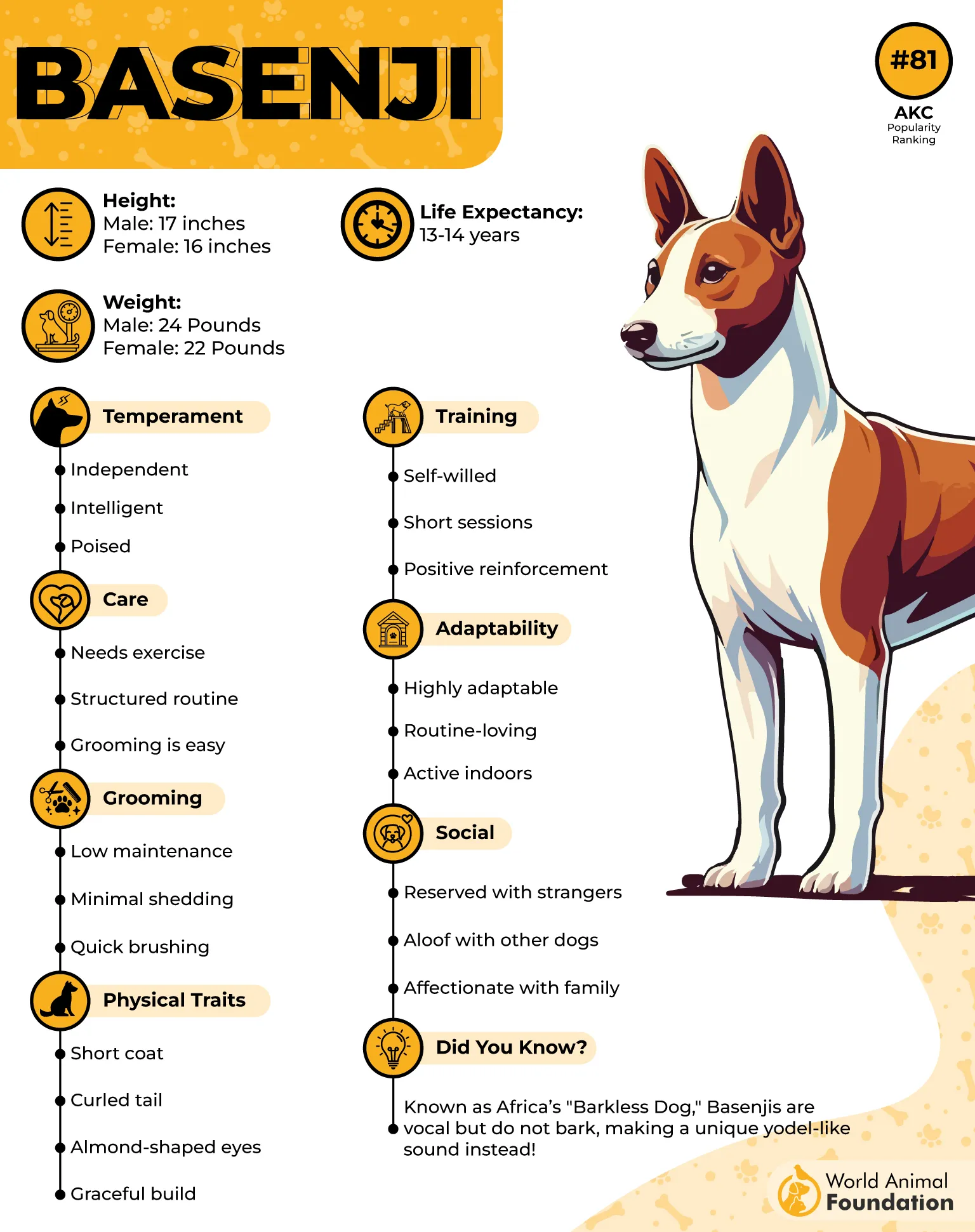
Training can be a test of patience, persistence, and creativity—this is not a breed for first-time owners who want a dog that immediately obeys. Exercise and mental stimulation are non-negotiable. Basenjis are high-energy, curious, and excellent escape artists.
Fences? Merely a suggestion. Leave them bored or cooped up for too long, and you might come home to a scene worthy of a canine heist movie—chewed furniture, mysteriously missing items, and a very smug-looking dog.
Basenjis are clever, affectionate, and endlessly entertaining, but they are best suited for experienced owners who can match their energy, keep up with their mischievous streak, and decode their unique “barkless” communication. New dog owners, consider this one a beautiful challenge… and maybe keep your valuables out of reach.
6. Chow Chow
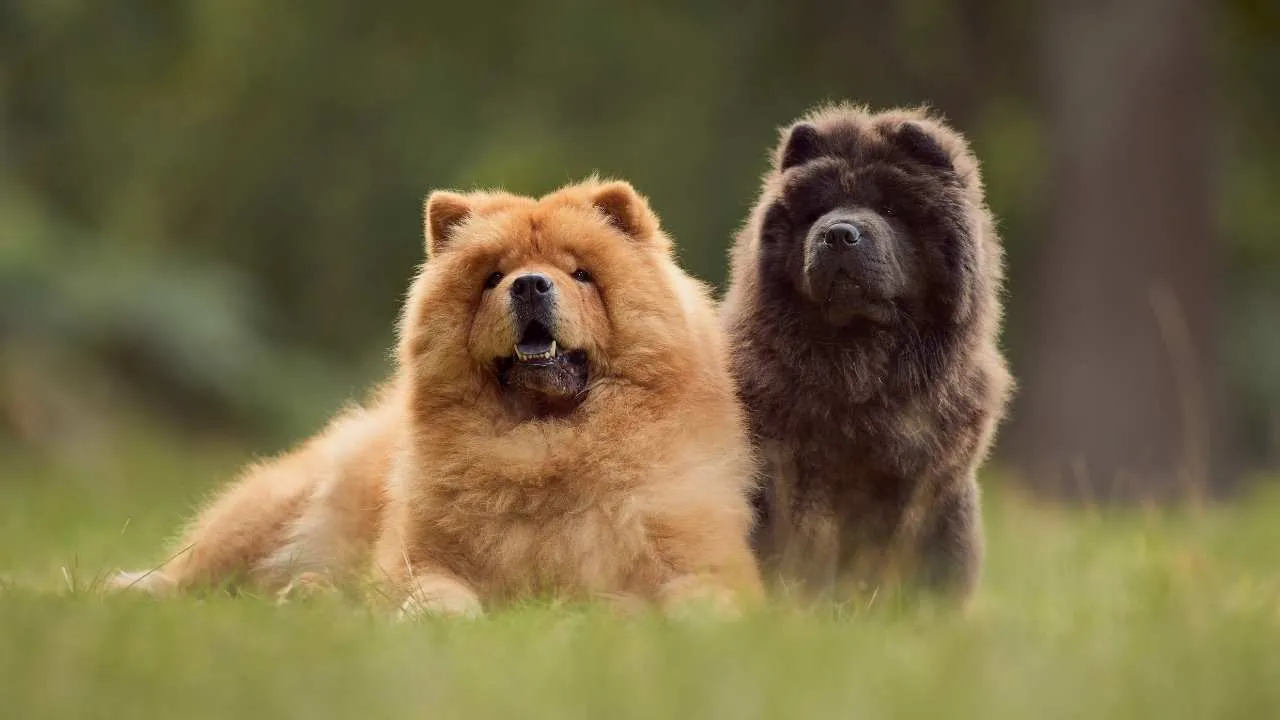
At first glance, Chow Chows look like plush teddy bears come to life—fluffy, round, and irresistibly cute. But don’t be fooled: this bear has a mind of its own and a serious “do not disturb” attitude. Those famous blue-black tongues might be adorable, but they’re accompanied by a healthy dose of independence and stubbornness.
Training a Chow Chow requires patience… lots of patience, Petplan noted. They aren’t the quickest learners, sometimes needing 80–100 repetitions to master a command. And forget expecting them to be social butterflies—they can be aloof or even aggressive toward strangers and other animals if not properly socialized.
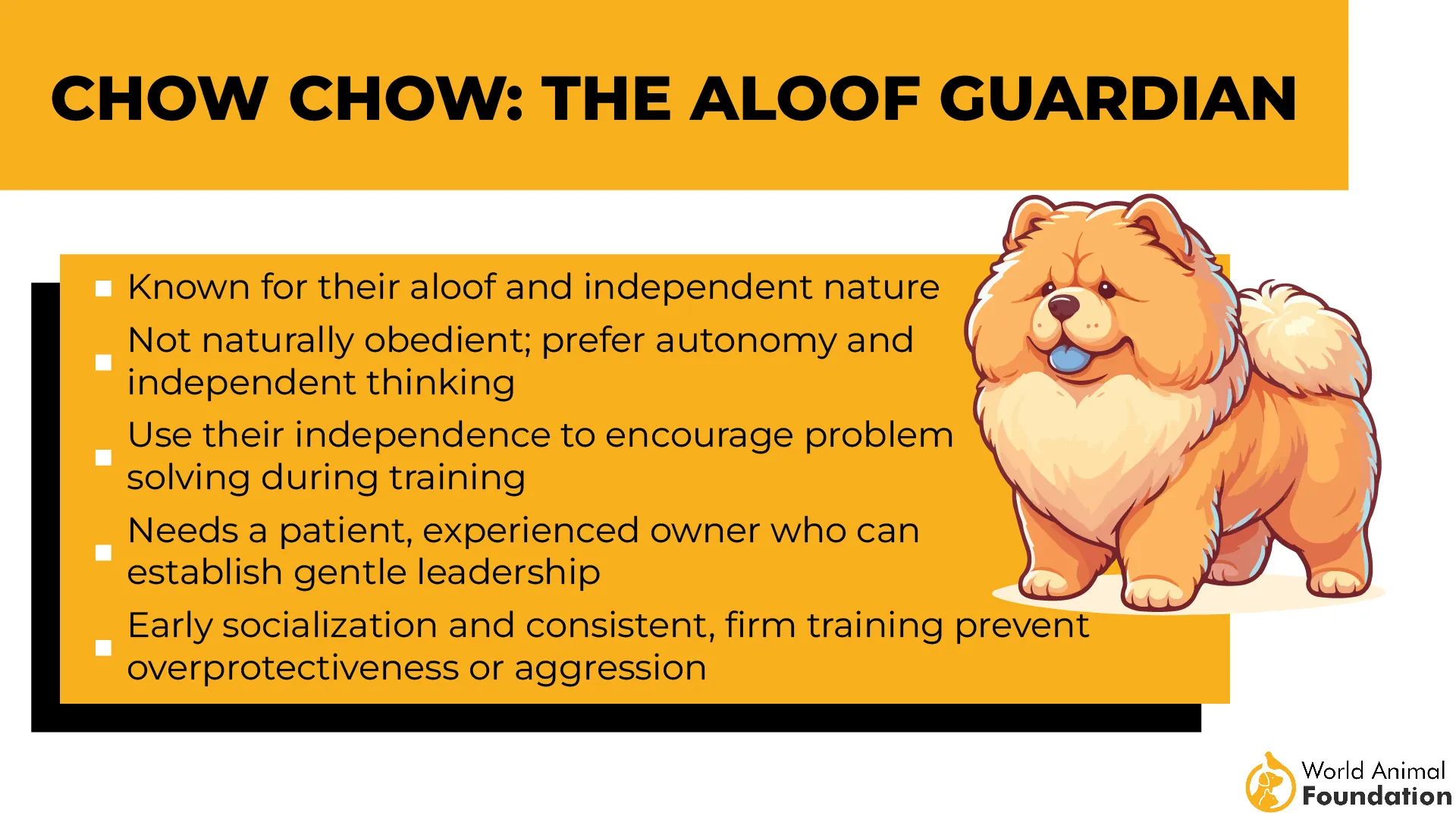
Exercise needs are modest—about an hour a day—but don’t mistake that for an easy-going personality. These dogs require firm, consistent training and an owner who can respect their dignity while keeping them in check.
Add regular grooming into the mix, and suddenly “fluffy” becomes a full-time commitment. Chow Chows are majestic, unique, and downright photogenic—but they’re best suited for experienced owners who can handle stubbornness, aloofness, and grooming responsibilities.
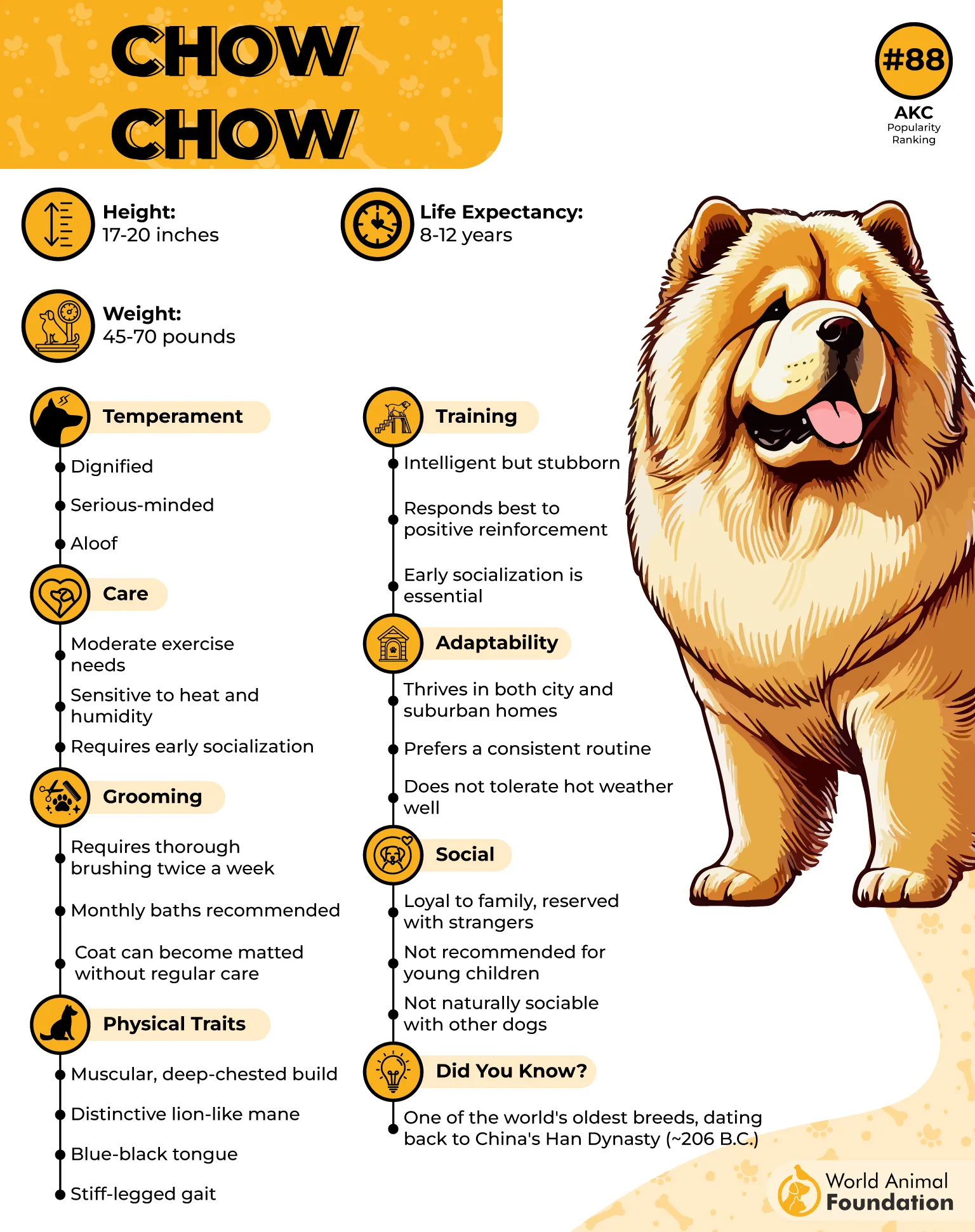
New owners hoping for a cuddly, obedient companion might find this lion disguised as a teddy bear a little too much to handle.
7. Shar Pei
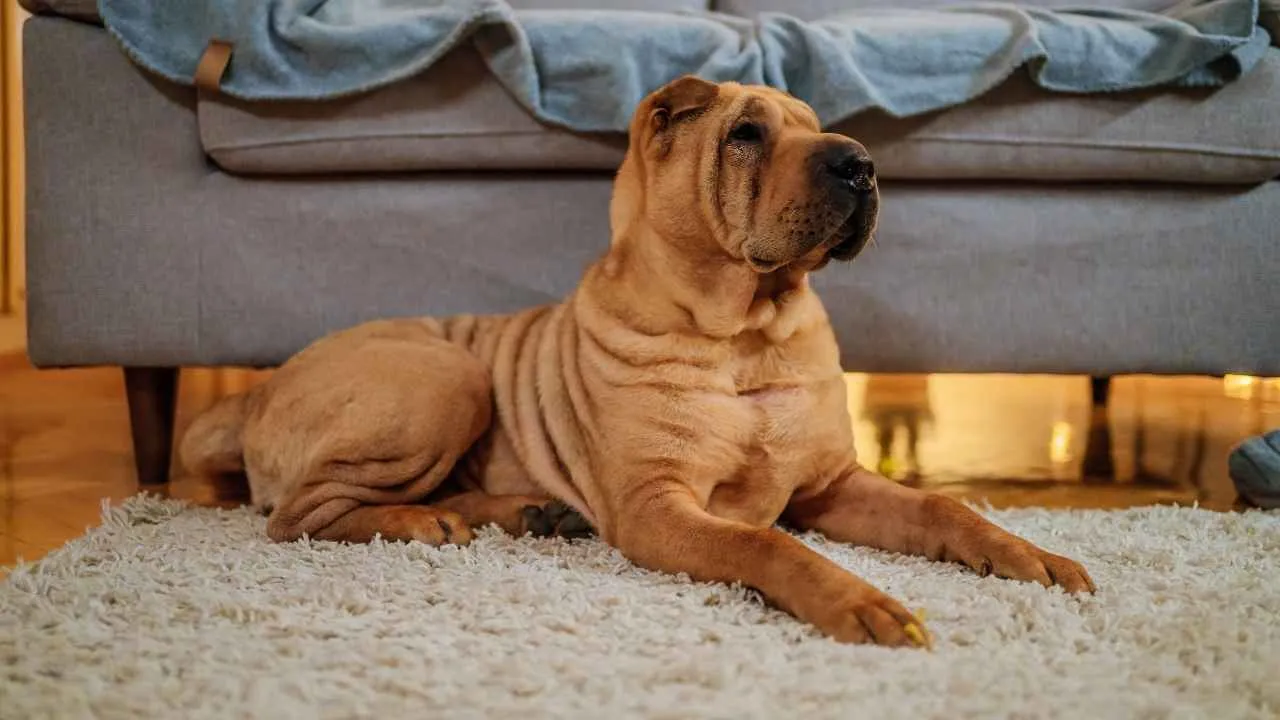
The Chinese Shar-Pei looks like it just rolled out of a very stylish blanket—wrinkles everywhere, broad muzzle, and a face that’s equal parts adorable and mysterious.
Those iconic folds may charm you at first glance, but they come with a responsibility: skin care. Without regular cleaning, those wrinkles can trap moisture and cause rashes, turning your cute companion into a high-maintenance spa client.
Shar-Peis are smart, territorial, and intensely loyal to their favorite human. They bond deeply with one person and can be suspicious of strangers—or even other pets. This loyalty is endearing… but it also means they need a confident, experienced owner who understands their signals.
Unlike some breeds, Shar-Peis don’t always give a warning growl before reacting, so misreading their body language can lead to trouble.
Bored Shar-Peis can be destructive, so physical exercise and mental stimulation are a must. Puzzle toys, walks, and games aren’t just nice—they’re essential. These dogs don’t thrive on a laid-back lifestyle; they need structure, attention, and a clear leader.
Shar-Peis are affectionate, unique, and fascinating—but they are best suited to experienced owners who can keep up with their needs and decode their subtle signals. First-time dog owners, this wrinkled wonder might just leave you scratching your head… and maybe a few walls, too.
Conclusion
Not every dog is suitable for first-time pet parents or novice owners. Certain breeds, including Australian Cattle Dogs, Siberian Huskies, Alaskan Malamutes, German Shepherds, and Airedale Terriers, require proper training, early training, and proper socialization to channel their natural instincts, strong prey drive, and extremely energetic behavior. Without guidance, these high-energy breeds and working breeds can develop destructive behaviors or behavioral problems, making them challenging for inexperienced owners.
Protective breeds like Cane Corsos and Saint Bernards also need careful handling due to their highly protective tendencies and strong will. Herding dogs, sled dogs, and breeds that hunt big game demand mental and physical stimulation aligned with the owner’s lifestyle.
Highly independent, high-energy, or strong-willed dogs are best left to experienced dog owners. First-timers benefit from selecting a dog that can be properly trained, receives adequate physical and mental activity, and thrives without overwhelming its human family.


